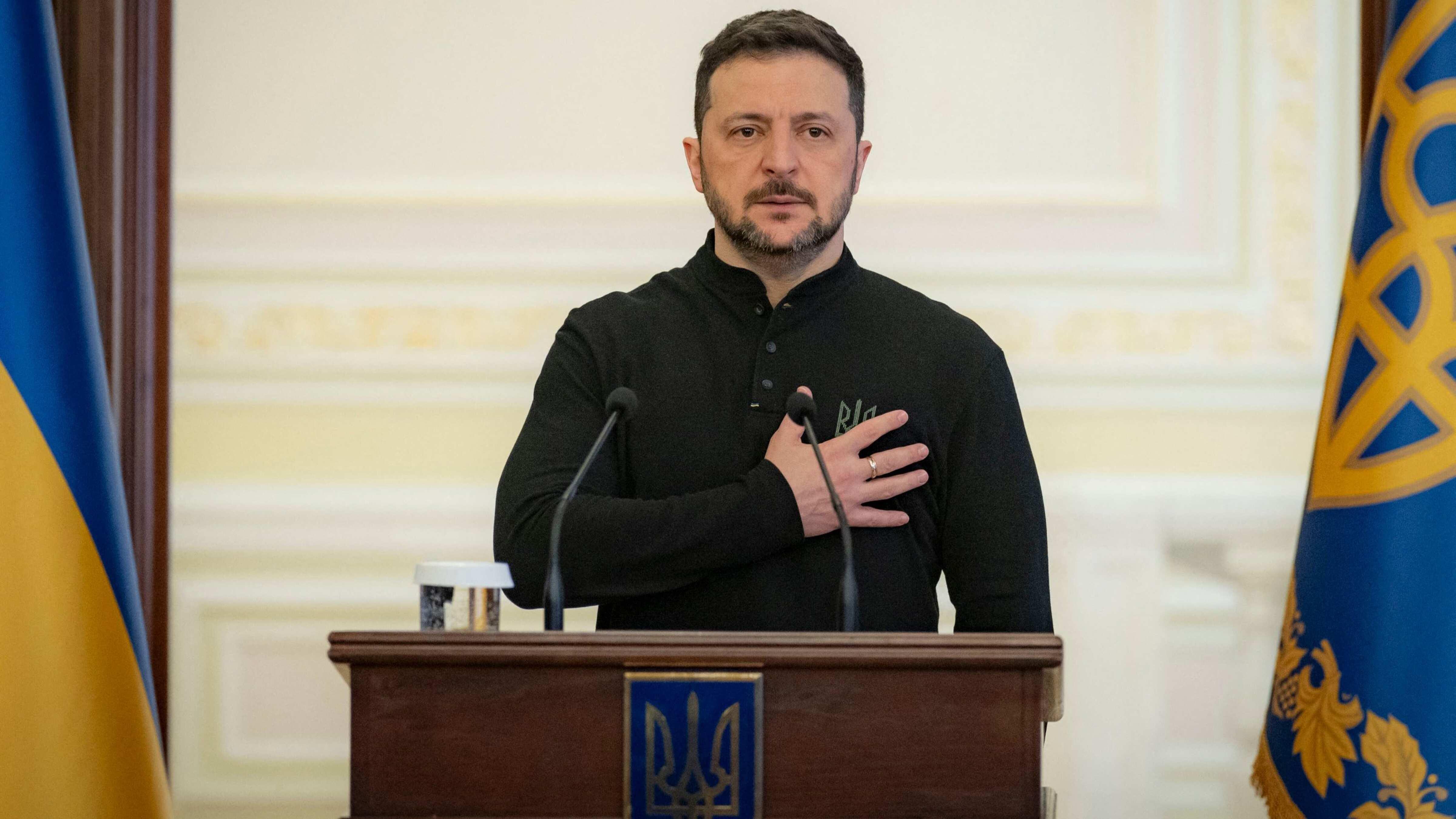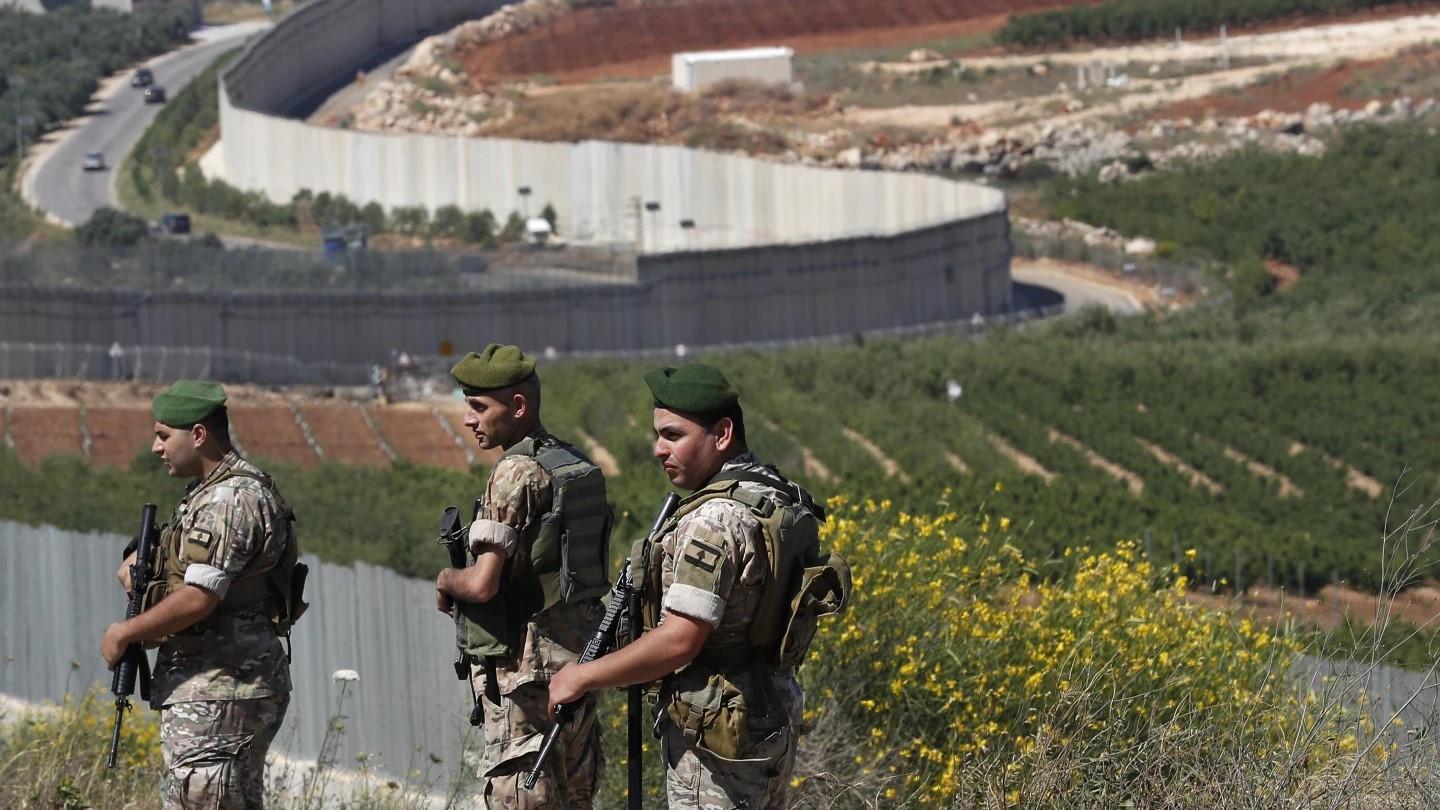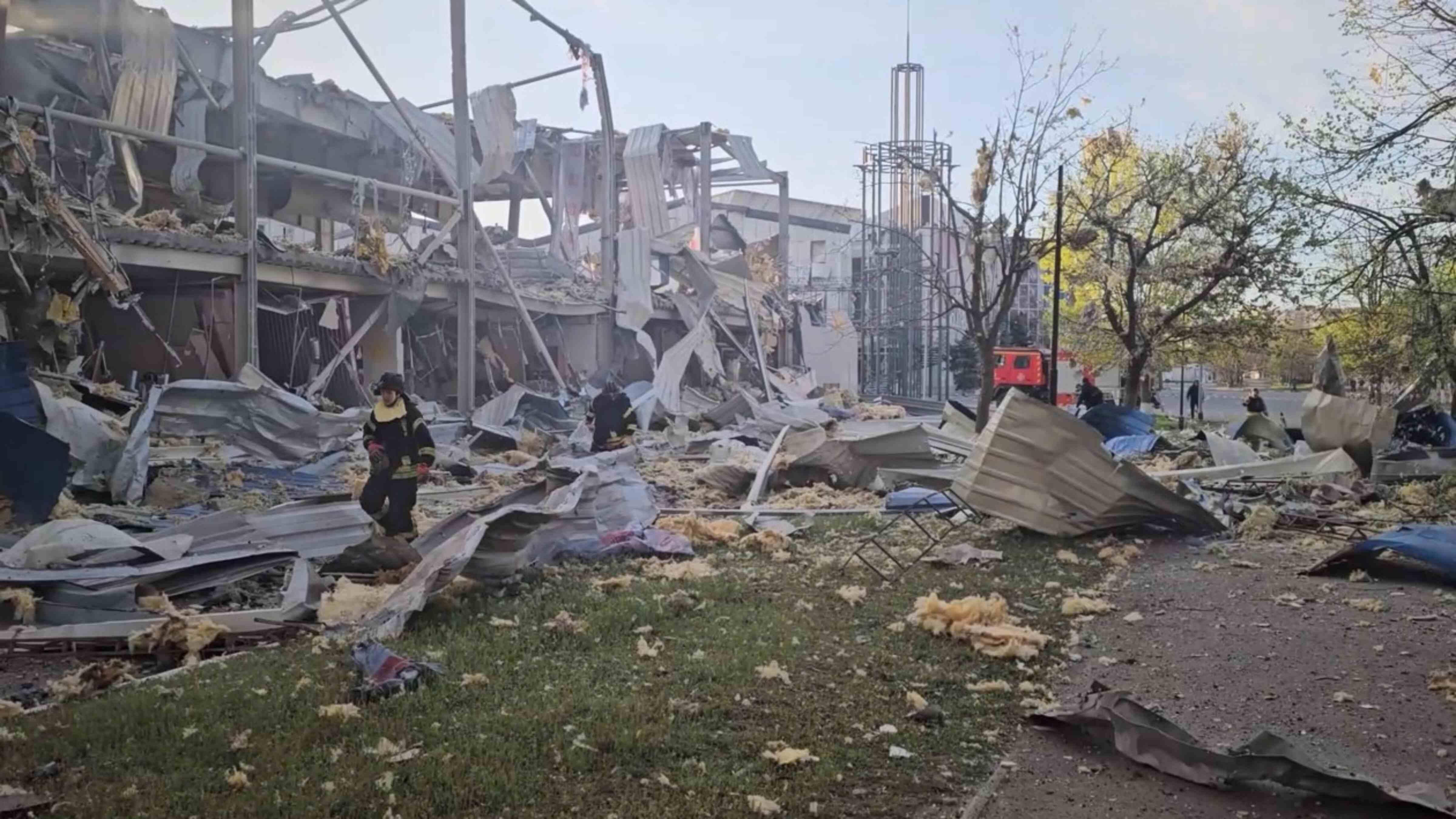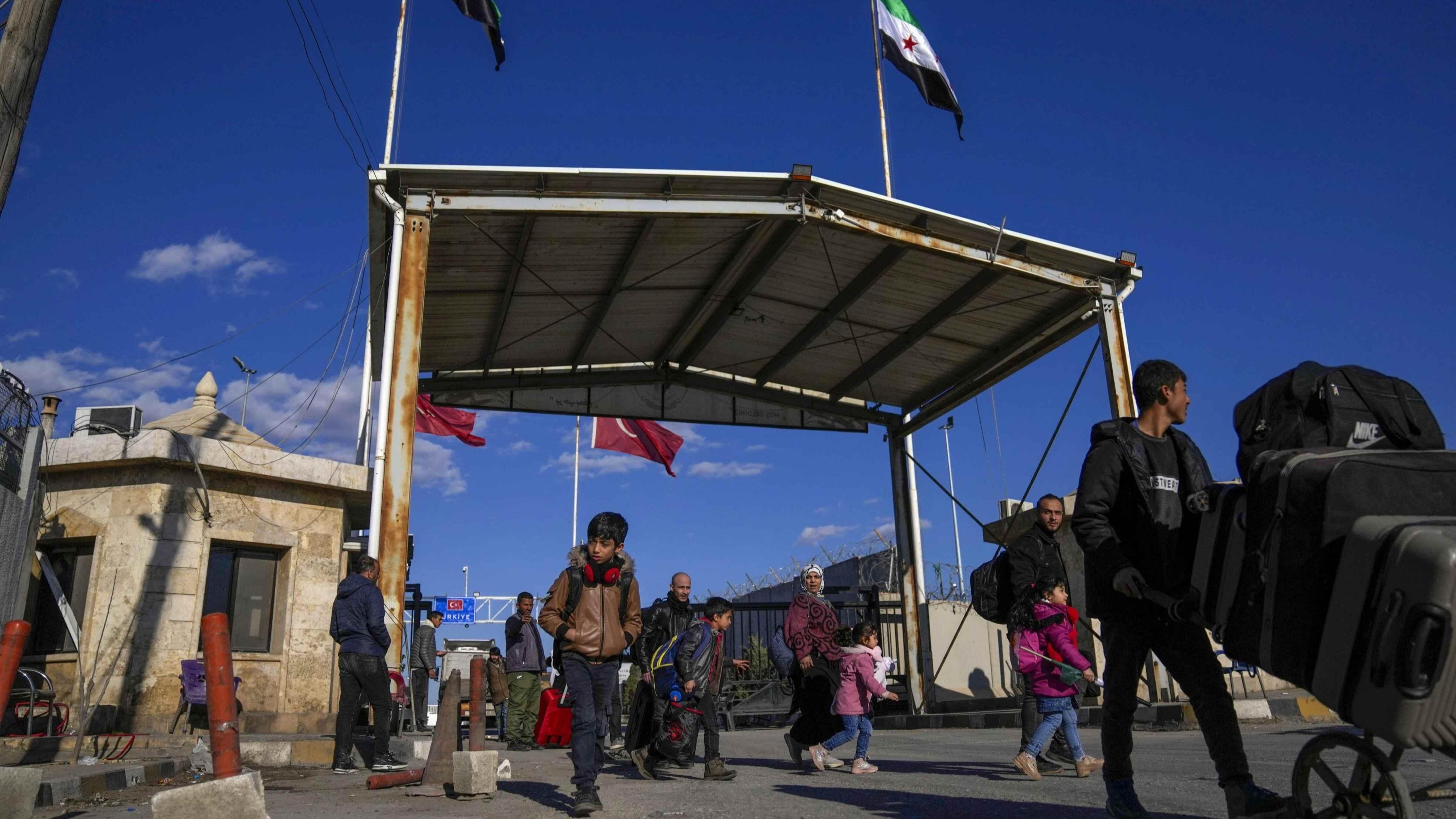The end of an unfinished war
The war in Afghanistan came to a formal end on Dec. 28, 2014, with a flag-lowering ceremony in Kabul. The symbolic act, which was held under heavy security measures due to threats of an attack, marked the conclusion of the U.S.-led Operation Enduring Freedom and the start of Operation Resolute Support. Accordingly, the International Security Assistance Force (ISAF), established in December 2001 and reaching up to 437,000 soldiers with the contribution of NATO members and partners, is being replaced with a much smaller force of 13,500 soldiers, including a 1,500-strong Turkish contingent. The new arrangement will start on Jan. 1 and the much-reduced international contingent will focus on training, advising and assisting the Afghan security forces.
The U.S.-led coalition started the war in Afghanistan shortly after the Sept. 11, 2001, terrorist attacks to topple the Taliban regime, to root out al-Qaeda terrorists and to secure Afghanistan. After thirteen years, more than 85,000 people, including 30,000 civilians, have been killed, and the U.S. has spent more than $1 trillion on an unfinished war. Today, Afghanistan is not secure, Taliban insurgency continues as strong as ever, and al-Qaeda related groups have spread around the world, especially in the Middle East, instead of congregating in Afghanistan. The results are obviously less than satisfactory.
Undoubtedly, the operation in Afghanistan has enabled the replacement of the Taliban regime with an elected government, has weakened al-Qaeda, particularly in its heartland in the Helmand and Kandahar provinces in southern Afghanistan, and dealt a strong blow to the core leadership of al-Qaeda, starting with the death of Osama bin Laden. However, the Taliban and al-Qaeda have not been vanquished and still carry out their attacks by using safe-havens in the border region of Pakistan. In 2014 alone, the deadliest year of the war, nearly 10,000 civilians were killed or wounded, while some 5,000 Afghan security forces were killed during Taliban attacks.
U.S. President Barack Obama heralded the end of the longest war in American history with an emphasis on a “responsible conclusion,” as U.S. forces will continue to have a small presence as the Afghan forces take full responsibility for security. Although the U.S. will continue to support efforts to create a “secure, sovereign and stable Afghanistan,” it is difficult to foresee how this could be achieved after the withdrawal of more than 400,000 international soldiers. The Afghan security forces are clearly not ready to deal with the sort of threatening environment they are currently facing. The Iraqi experience has already shown that early withdrawal without ensuring the stability of the country provides space for militant groups to grow.
Although the coalition forces have been gradually downsizing in Afghanistan, uncertainty in the country’s political life goes on. The newly-elected President Ashraf Ghani is still trying to form a cabinet with his top rival Abdullah Abdullah, and the power sharing bargains on critical positions could continue for a while. This uncertainty might trigger further attacks and easily destabilize the country. The Taliban has already declared the defeat of the coalition forces and reiterated its determination to fight.
The remaining international forces will have a limited combat role in counterterrorism missions, in accordance with the Bilateral Security Agreements signed in late September, and their impact on the country’s overall security will be low. Moreover, all the U.S. troops, and thus most probably all the other international forces, will withdraw totally by the end of 2016. What would happen in Afghanistan after that is not very difficult to imagine: look at Iraq.











